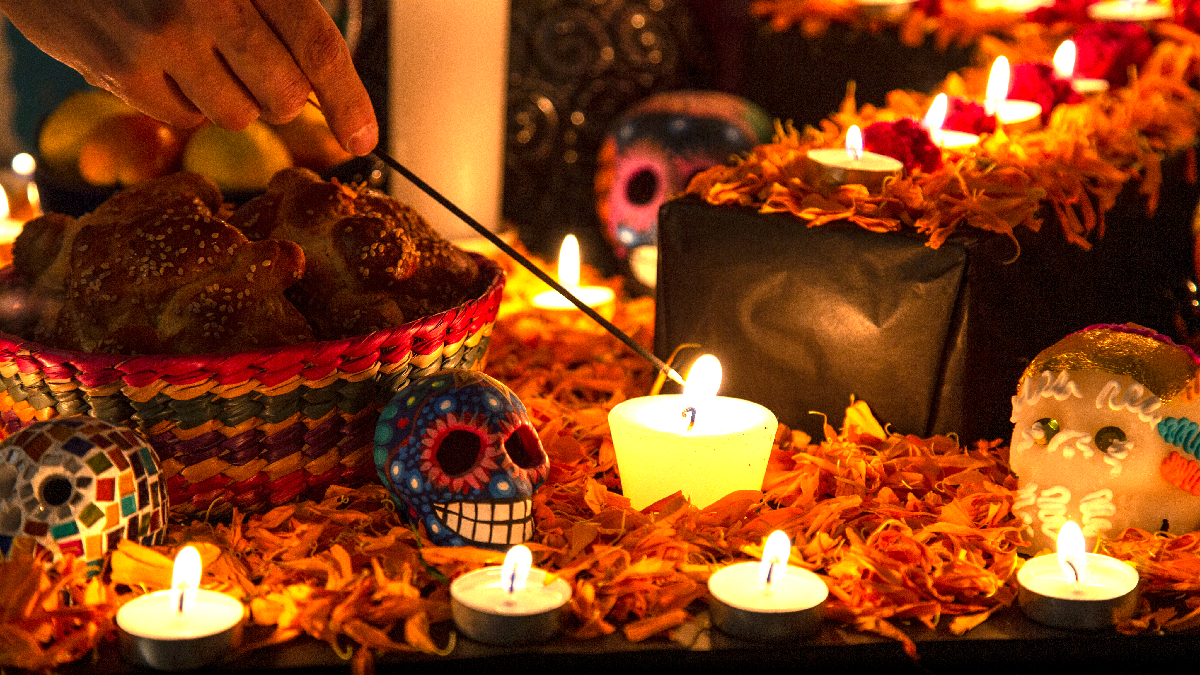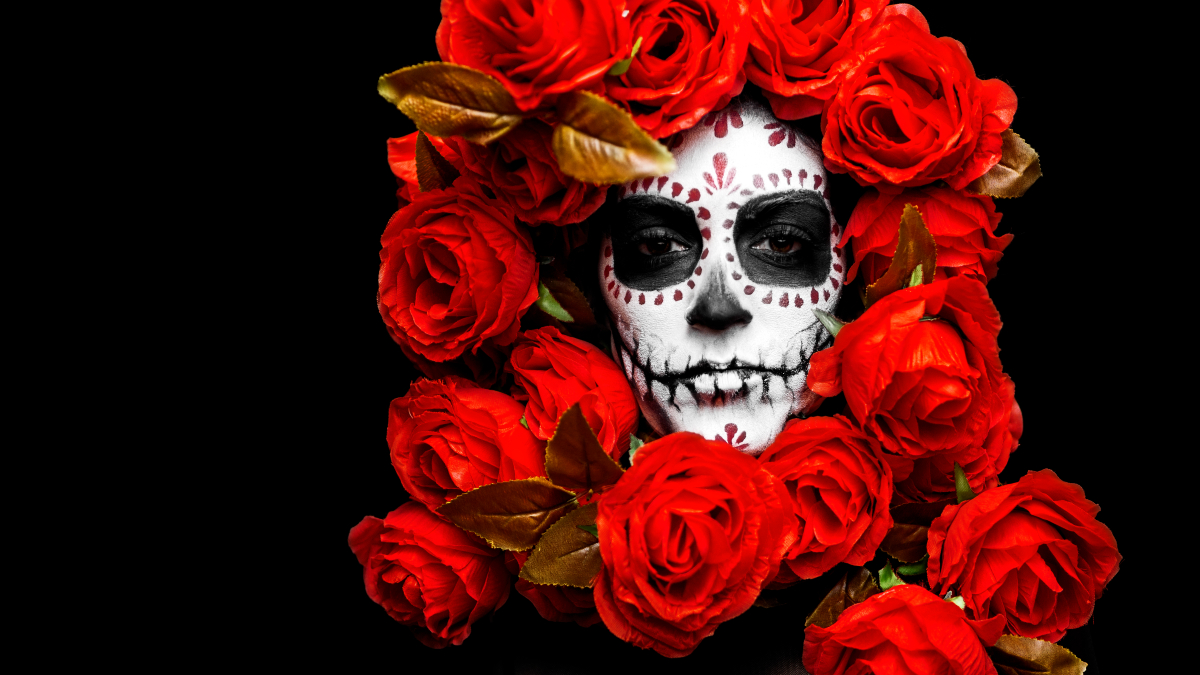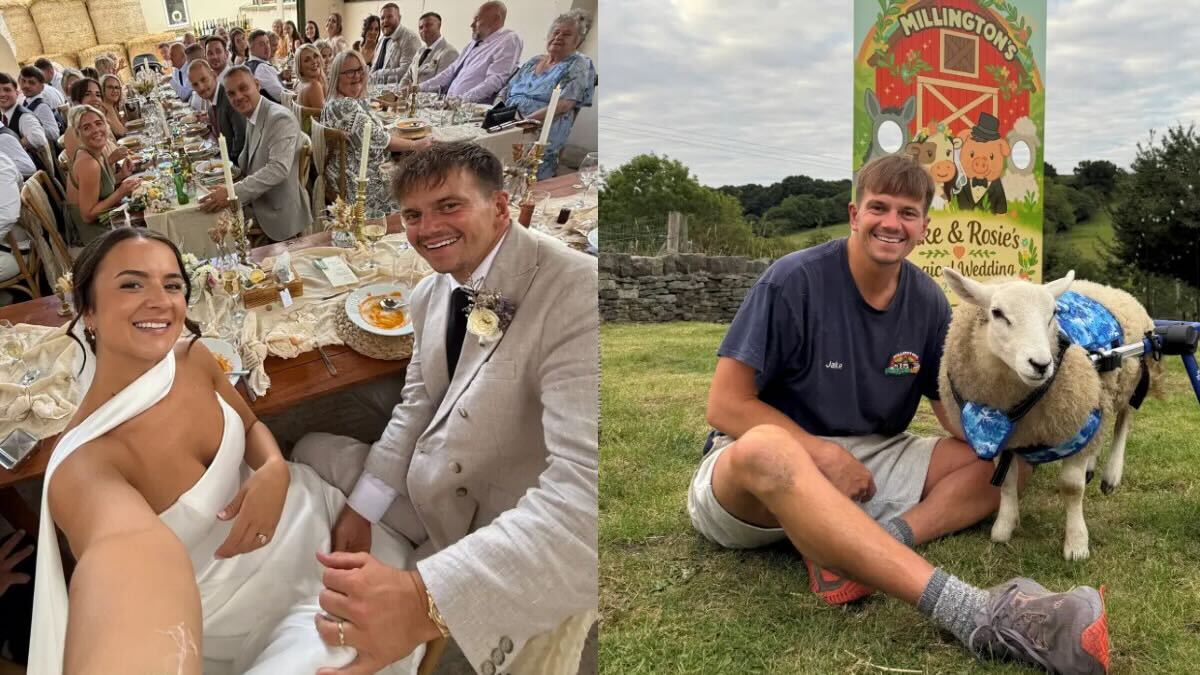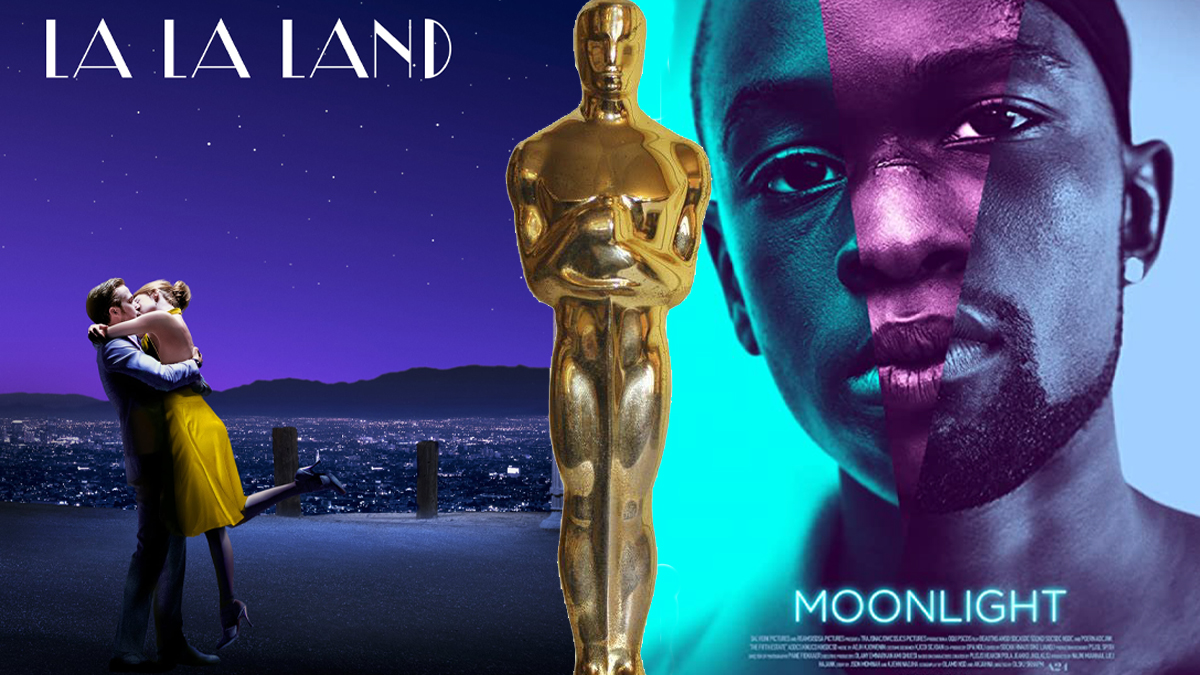For many among us, the year’s spookiest holiday is also its most anticipated.
Halloween is the holiday to celebrate for all the witchy, costume-loving, fall-obsessed masses, and every day after is simply part of the countdown toward next year’s celebrations. For everyone else, however, the end of Halloween rings in a new month — and a new holiday. It’s rare that our festivities fall back to back like this, but the end of October and start of November are the exception.
What is the day after Halloween?

The most obvious answer to this question, as my boss so elegantly put it, is “November 1st, dumb-dumbs,” but that’s probably not what people are wondering. Obviously, everyone knows that Nov. 1 follows Oct. 31, but not everyone knows the significance of November’s first day.
That day is also known as Día de los Muertos, or Day of the Dead. Many people, particularly in the educational wasteland of America, mistake this holiday for Halloween, but they are actually entirely separate. Día de los Muertos is a traditional Mexican holiday that is typically celebrated on the first and second days of November — though occasional celebrations on Oct. 31 and Nov. 6 do crop up. Those occasional crossovers are likely the culprit behind misunderstandings over the holiday, but even when they’re celebrated on the same date, Halloween and Día de los Muertos are two entirely separate holidays.
I won’t waste any time rehashing the origins of Halloween, since this is a story about Día de los Muertos, but know that its origins far predate those of November’s first holiday. Halloween, in various forms, stretches back some 2,000 years, while most scholars agree that Día de los Muertos is — at most — around a century old. At least in its current form.
There are arguments that the holiday sprouts from far older roots, with influences from indigenous cultures that stretch into pre-Hispanic times, but most people agree that Día de los Muertos — as its presently celebrated, at least — was largely developed during the ’30s and ’40s. Similar traditions stretch back much further, of course, but the Day of the Dead we know and love is largely the result of a push by Mexican president Lázaro Cárdenas to establish deeper nationalism via the colorful holiday.
Día de los Muertos is a day of celebration and remembrance for those we’ve lost. It typically sees family and friends come together to make offerings to our dear departed and share stories about our time with them. It departs from the typical solemnity surrounding death and instead gives us an opportunity to laugh and share humorous stories about our lost loved ones. It’s a wonderfully cathartic holiday for anyone who’s experienced loss, and I can’t recommend it enough. Should it strike your fancy, you may find genuine relief and closure in celebrating the beloved holiday for yourself.











Published: Nov 1, 2023 11:02 am